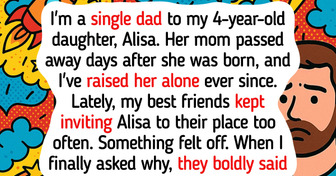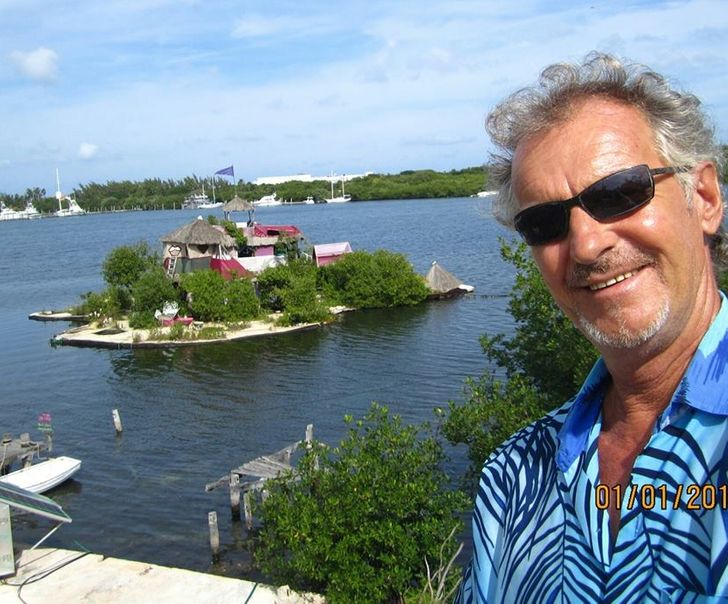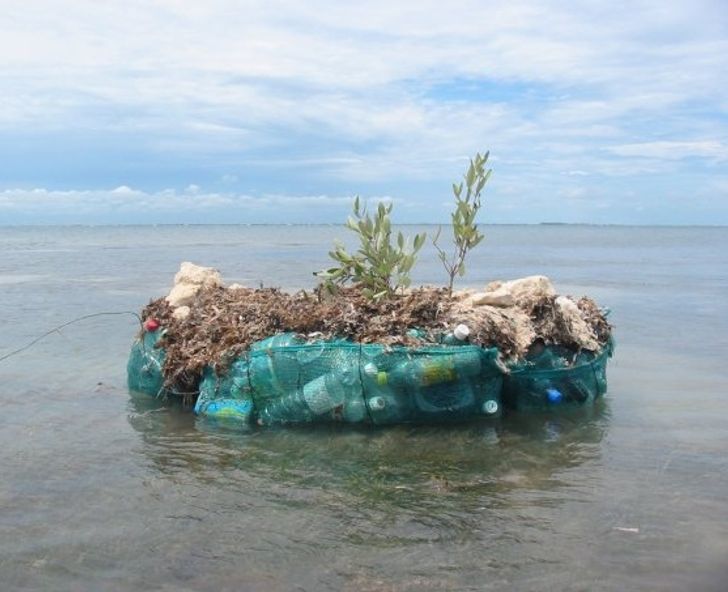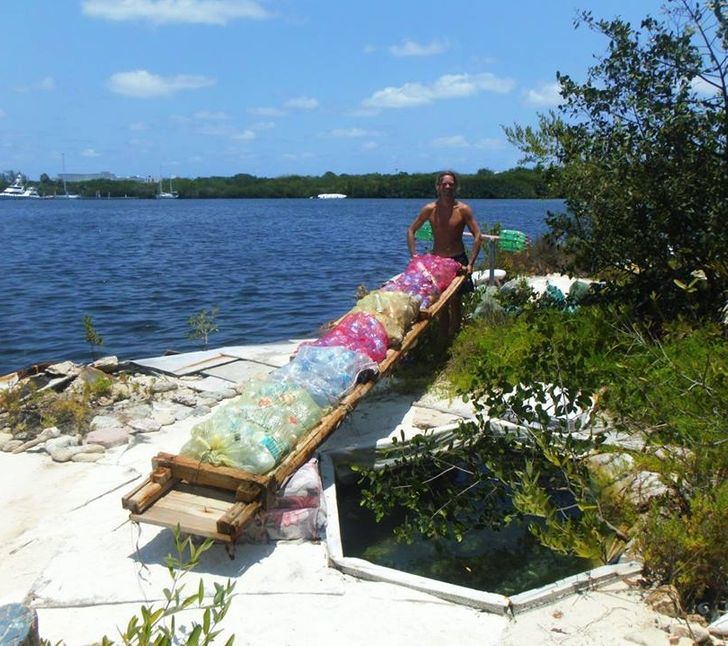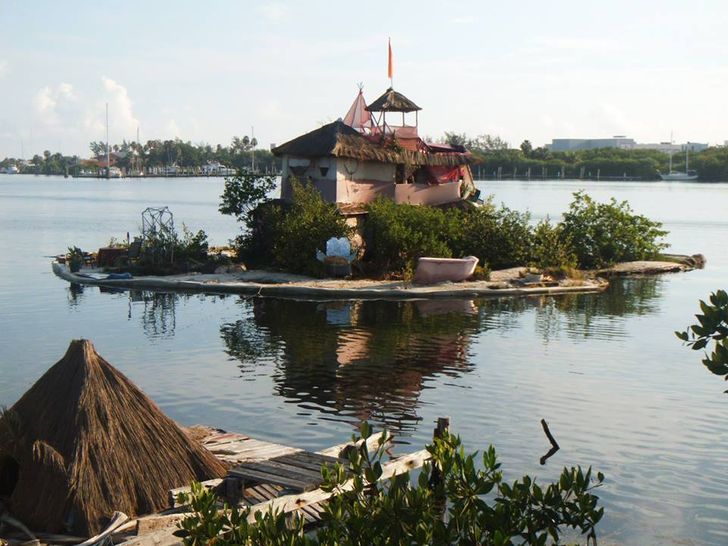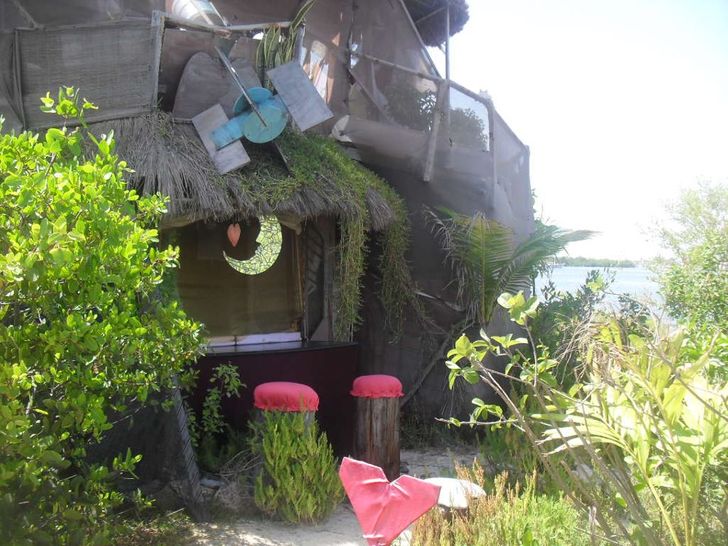I think it's better to recycle these bottles, instead of letting them float..
A Man Turns 100,000 Plastic Bottles Into a Floating Island to Send a Message That Hurts
Experts say that during the past several decades we’ve produced 6.3 billion metric tons of plastic waste, only 9% of which went to recycling. In order to fight pollution and prevent a global disaster, we need to reuse and recycle much more waste than we do right now. Richart Sowa, an artist from England, showed the world a creative way to reuse plastic bottles, when he turned 100,000 of them into a beautiful floating island.
Here at Bright Side we find Richart’s project unusual and ambitious, and we’ve learned the story of his floating paradise, Joyxee Island.
The floating island project began when artist Richart Sowa realized that ever-lasting plastic bottles can serve as a good construction material.
It’s unbelievable, but a plastic bottle can take up to 450 years to decompose, which makes it a toxic waste for the environment, but also a very durable construction material. Richart Sowa, from England, is sure that using plastic bottles and other waste for building islands and expending land territories is our future.
The items that would otherwise be trash with no chance to ever get recycled could serve as a precious resource. “All the stuff that we don’t want, all that trash that we don’t really know what to do with, can actually solve the problems of the world,” says Richart.
The man used 100,000 plastic bottles to make his dream of living on a floating island a reality.
For building Joyxee Island, which is located next to the Mexican island of Isla Mujeres, Richart used 100,000 plastic bottles, some plywood, and wooden pallets that all keep the island afloat. The core of the island is made of plastic bottles put inside of nets, and what holds it all together are trees that spread their roots between the bottles.
On Richart’s island nothing actually goes into the trash, and he uses all kinds of waste to improve his project. He puts plastic and glass bottles, tin cans, and other trash inside the bags and uses them to “lift” the island. He puts the bags with trash on the island surface and covers them with a layer of soil for plants to grow.
One of the best things about Richart’s floating island is that it can be moved to any other point with the help of sails or a boat. The island is also very self-sufficient. You can grow fruit, vegetables, and herbs there, the house is equipped with an air-conditioner, refrigerator, and other household appliances that are powered by solar panels.
In this video, Richart gives a detailed tour around his beautiful island and cozy eco-friendly home, once again sending a message to humanity: we should stop polluting the planet before it’s too late.
The island has suffered after storms several times, but Richart is not going to give up.
Joyxee Island is actually the second island Richart has built. His first floating island, Spiral Island, was built in 1998, but was destroyed by Hurricane Emily in 2005. Richart spent the next several years collecting empty plastic bottles for his next project, Joyxee Island, which he completed in 2008. Sadly, in the beginning of 2019 Joyxee Island suffered during a storm, and its edges became loose.
But Richart Sowa is determined to keep his project alive and afloat, and he plans to fix the edges this year and open his renewed and improved island to the public. The artist was also invited to build 3 more floating islands by an ecological group, so in the near future we may see even more paradise islands made of bottles that would otherwise go into the trash.
What do you think of Richart’s idea to use empty bottles as a construction material? Would you like to live on such an island yourself?
Comments
Well, but that's the idea. To show that we have so much waste that you can make island out of it!
After the project is done, the waste can be recycled, I think.
Just the fact that he has managed to find so many bottles to build an island sens a message to us, that the plastic pollution problem is bigger than we think
This project shows one more time what crucial things have we done to our planet..
Let's hope biodegradable plastic will become a common thing soon, so such projects won't take place anymore.
Related Reads
12 Relationship Troubles That Exist Today

12+ Brilliant Ways People Caught Liars Red-Handed

12 True Stories of People Who Walked Out on Their Date
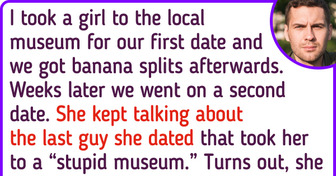
12 Endearing Secrets People on Reddit Revealed to Be Keeping From Their Partners
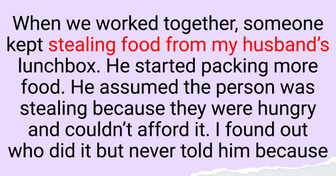
My In-Laws Humiliated Me in Front of the Whole Family—I Refuse to Swallow That
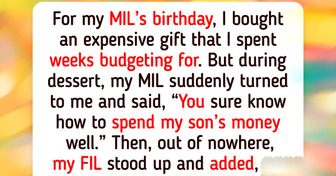
12 Wild Stories That Prove Cheating Isn’t For the Faint-Hearted

16 Plot Twists That Are More Unexpected Than a Barking Cat

12 People Share Their Most Disturbing True Stories, and We’re Thankful They Didn’t Happen to Us

17 Fun Facts About Disney Princesses You Probably Didn’t Know
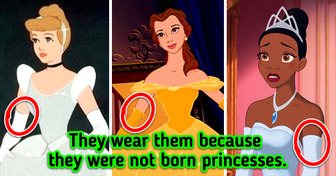
My MIL Called Me a Gold Digger—But My Revenge Was Served Cold
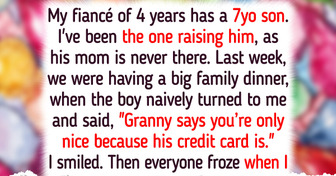
“This Is the Best She Has Looked in Decades!” New Look of Donatella Versace Creates Buzz

I’m a Single Dad and My Friends Have Secret Plans for My Daughter—I’m Furious
